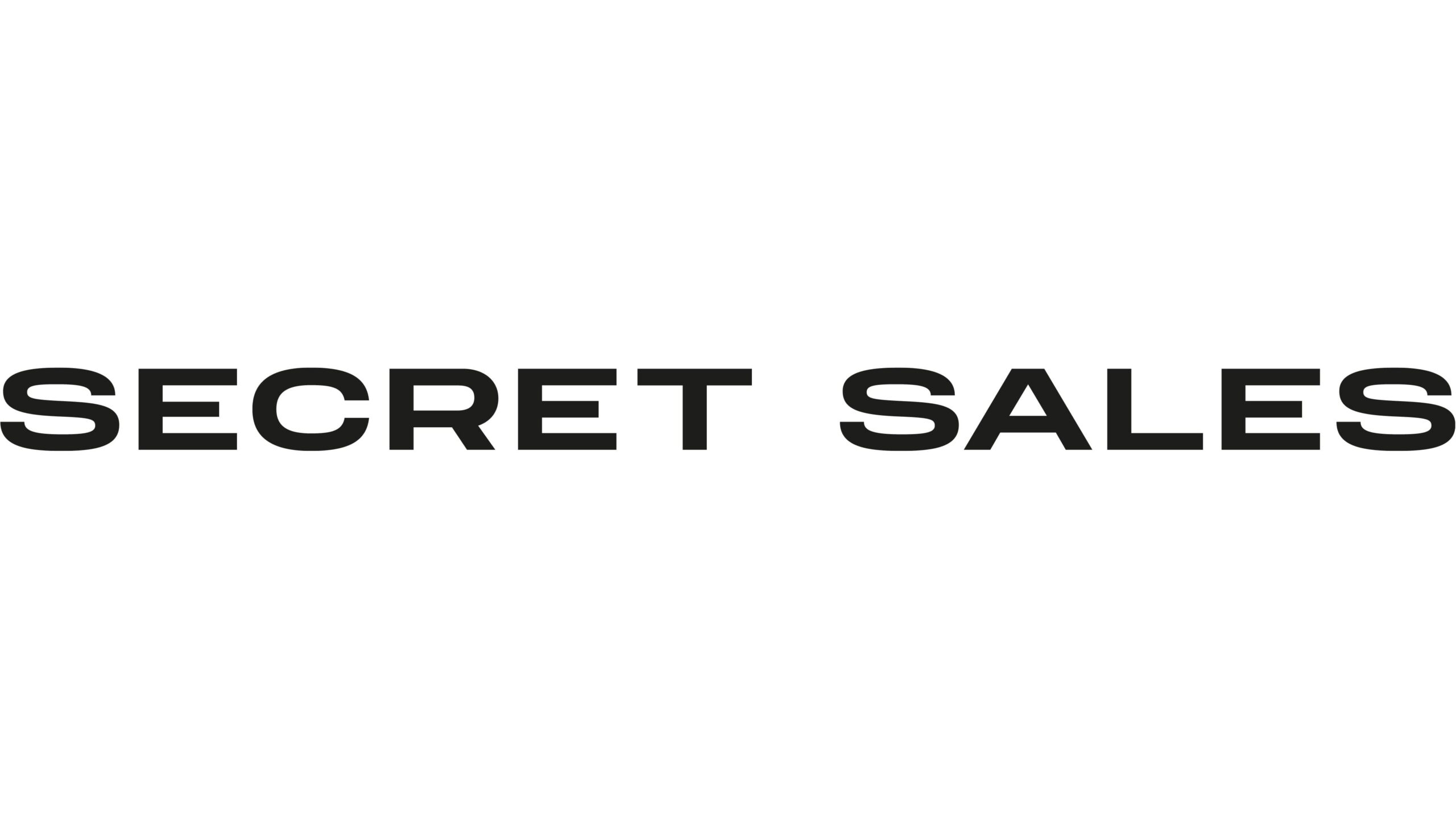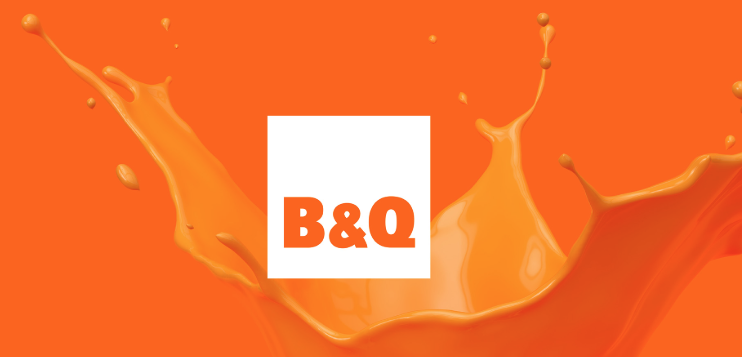22 Mar

While bigger retailers may already have their own warehouse(s) established, start-ups and small retailers can find arranging one to be a scary step along the road to take. In this article, we’ll explore what to look for – and when to look for – a fulfilment house.
Ah the humble garage. Nothing says eCommerce start-up like temporary racking strewn with boxes and a car relegated to feeling sorry for itself on the driveway. The morning routine of a quick breakfast followed by the sound of a busy printer churning out the previous evenings orders to the smell of the first coffee of the day. We find great pleasure in this quiet chaos– for small retailers like us, it’s why we do what we do.
When you reach the point where entering the garage is an assault course of dodging new stock, or you find that the morning print takes more than 2 hours to pack ready for dispatch, you should think carefully about whether it’s time to look at moving to a fulfilment warehouse.
For many, this is going to be much more cost effective and convenient than taking on a set of hands to fulfil orders, as most fulfilment houses charge a ‘Pick and Pack’ rate per order plus a storage fee, so if demand drops in quieter months, costs fall too. You can also look to turn the garage into a management / marketing office, and continue enjoying the benefits of working from home without needing to invite an employee into your home every day to work.
Go where the masses are. A good fulfilment house should be proud to impress you with its client list on an initial telephone call or its website instead of forcing a meeting. We’re not just talking household name brands here; it should be happy to tell you it works with Retailer X and Y in your town instead of saying ‘we don’t tend to share who we work with’. Be careful however; as the company is likely to only share its happiest clients with you; search online for reviews on Trustpilot and similar open forums and check that the stories you’re told by the happy clients match the reviews available online.
What you ideally want to find is a fulfilment house that works with others in your stage of growth – ambitious mums working from the kitchen table, focussed micro-enterprises and so on. With a client or two found, reach out and speak to these people to check how helpful the fulfilment house is – there really isn’t a better way of weeding out a bad apple.
If you’re happy that a fulfilment house seems to meet your needs, set up a meeting and ask for a tour of their facilities. If they ‘would rather visit you’ or ‘don’t allow visitors’, move on! This may be a reseller, and this means you’d have a layer of abstraction to deal with if any problems arise. This meeting will be more of a secret recon mission – you’re not yet at the point to start negotiating prices / signing agreements. Listen and take notes; let the rep from the warehouse do as much of the talking as possible.
Look around and listen for background chatter. Be as observant as possible of what’s going on around away from your meeting. You should feel safe and at ease at all times while at the facility. If you see anything which unsettles you – attitude / behaviour of the staff, security of the building, organisation within the warehouse, the neighbourhood the warehouse is in, the employee safety – thank the warehouse rep for their time and keep looking!
You have to feel 100% satisfied that your stock is safe; that your audience of customers that you’ve worked so hard for so long to build will have orders shipped correctly, and that your products will be handled with care.
Now that you’ve spoken to other clients and been for a tour, if you are still happy it’s time to begin thinking more on cost. Fulfilment houses vary greatly in this area, and it would be good to have at least 2 left on your shortlist at this stage to compare / contrast to find which model works best for you. At a headline level there are two main charges for the basic ‘Pick and Pack’ service: Cost Per Order and Cost Per Item.
If your orders consist of a lot of smaller items, and typically are multi-item orders, you will want to try and negotiate a flat pick & pack rate per order. This will mean that you pay slightly more for single item or small quantity orders, but a predictable fee per order. This helps greatly when forecasting. If your business ships a lot of single item orders, look instead for a low Cost Per Order subsidised by a Cost Per Item on top. This means that you’ll pay more per item ordered, but less for your single item orders.
Ask if there is a minimum monthly fee; and ask yourself if this fits with your current order level – if not, try to negotiate it down. Also ask about fees for handling returns. If this is expensive and your business has a high return rate it may prove cheaper to continue receiving returns to your garage; these can then be listed as B-Grade items for eBay.
Storage fees are often the third and final element of a fulfilment houses fee. This is where your marketing and ability to predict demand can pay dividends. In a nutshell: the faster you are able to sell stock and the less you over-order, the less you will pay for storage. Carefully balance volume ordering discounts from your supplier with how much your storage cost will be; there’s little point saving a few pence if extra storage will cost you pounds.
If you already have a lot more stock than you can reasonably sell in the next 30-60 days, you could look at holding some stock back in your garage (for free) and shipping this into the warehouse when supplies get low; it doesn’t need to be an all-or-nothing transition.
In summary: Check reviews and speak to existing clients. Take a tour of the facilities and observe the operation. Negotiate fees to suit your business’ order volume and average order item counts. Consider transitioning only some of your stock or continuing to handle returns yourself to reduce fees.
Our number one tip? Don’t rush. If you’re unsure if the demand surge you’re experiencing is just temporary, you expected better sales of product X and have lots of unsold stock or if you’re still unsure if you can grow your audience it may be too early to expand – keep calm and keep shipping!






